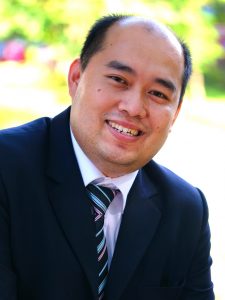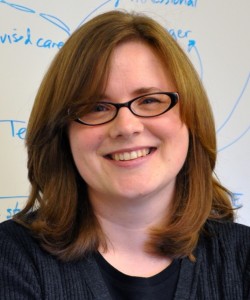 Kie Van Ivanky Saputra, Kaprodi Matematika Terapan
Kie Van Ivanky Saputra, Kaprodi Matematika Terapan
We met Buzz and Doris when we wanted to learn statistics. They are dolphins who were trying to get some rewards if they were able to communicate while we were learning to statistically test if they were communicating. In 16 trials, Doris gave signs to Buzz as to which button to press and it turned out Buzz pushed the correct button in 15 out of the 16 trials. We, still not convinced that they were communicating, assumed that it was just a lucky day for them and tried to simulate 15 successes in 16 trials with tossing 16 coins to see whether or not we can get 15 heads out of 16 tosses. The first time we only get 9 heads out of 16, the second time we get 8 heads and we continued this until we had done 100 repetitions. It turned out we could only get a maximum of 12 heads out of 16 tosses. Let’s continue the repetitions until 1000 and out of 1000 there was only 1 simulation that gave us 15 heads out of 16 tosses. It seems impossible now that the dolphins had just had a lucky day. They had something more than just guessing which button to press. Since that day, we know more about a p-value, and null hypothesis.
[pullquote]The above was my first experience in teaching statistics with simulation-based inference.[/pullquote]




